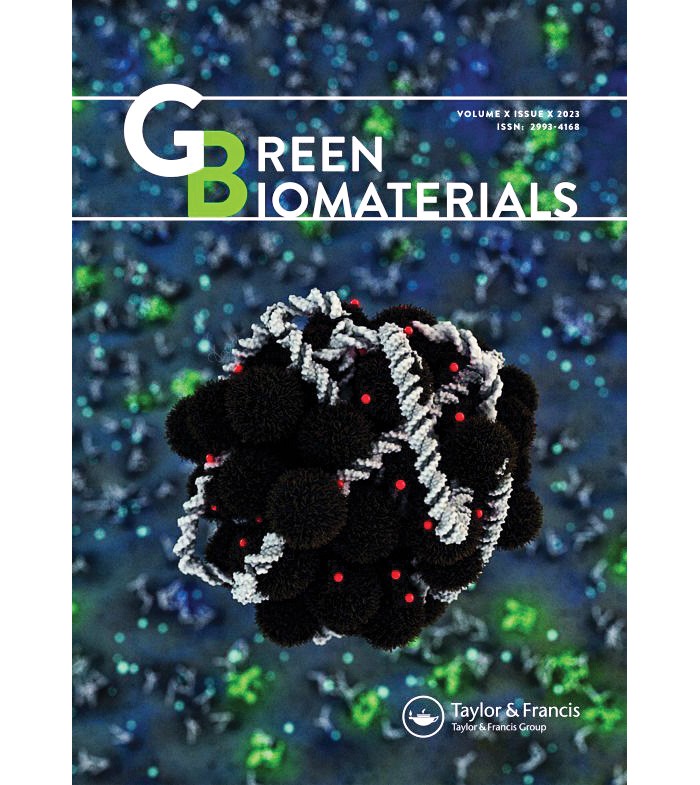Advertisement
Grab your lab coat. Let's get started
Welcome!
Welcome!
Create an account below to get 6 C&EN articles per month, receive newsletters and more - all free.
It seems this is your first time logging in online. Please enter the following information to continue.
As an ACS member you automatically get access to this site. All we need is few more details to create your reading experience.
Not you? Sign in with a different account.
Not you? Sign in with a different account.
ERROR 1
ERROR 1
ERROR 2
ERROR 2
ERROR 2
ERROR 2
ERROR 2
Password and Confirm password must match.
If you have an ACS member number, please enter it here so we can link this account to your membership. (optional)
ERROR 2
ACS values your privacy. By submitting your information, you are gaining access to C&EN and subscribing to our weekly newsletter. We use the information you provide to make your reading experience better, and we will never sell your data to third party members.
Publishing
Guest editorial: Alla fine del cammin
by Rick Mullin
December 3, 2023
| A version of this story appeared in
Volume 101, Issue 40
This is a guest editorial by Rick Mullin , a senior editor on C&EN’s business team.
The first time I encountered a painting by the Belarusian artist Chaim Soutine, I was repulsed. I had no point of reference. It was a landscape edging so close to abstraction that it crossed the line in a lot of places. The color, the texture . . . incomprehensible, if weirdly familiar. Plus, I’d never heard of him. Soutine? I ran to the nearest Matisse.

Six years later, my biographical novel Soutine (written in the Italian poetic form of terza rima) was published.
This passage of devotion had a lot to do with my being a painter and a poet. It took place midway in my journey at C&EN—nel mezzo del cammin, as Dante Alighieri put it in the opening line of his terza rima classic, Inferno. That journey, which pushed painting and poetry aside to make adequate room for science, ends in a few weeks with my retirement.
None of this would matter here if not for a more recent encounter with the paintings of Soutine at the Paul Kasmin Gallery in New York City. A catalog essay on the 2014 exhibit written by Eric R. Kandel, a neuropsychiatrist who won a Nobel Prize for his work on memory storage in neurons, explores how our brains respond to pictures.
Poor Soutine, I thought. While Kandel’s essay provides historical and cultural background on the painter and his art, its hook is science. I couldn’t help thinking that the information on cerebral response might interfere with a gallerygoer’s discovery of Soutine, pulling attention away from the pictures and deflecting hard-to-place emotions or explaining them away.
I walked away from the exhibit believing that the science-forward portal to the arts was merely fashionable and temporary. I should have known better. Traffic through that door has only picked up, keeping pace with a popular enthusiasm for the science angle on everything.
Last year, for example, the Barnes Foundation in Philadelphia presented an exhibit of paintings by Soutine’s roommate in Paris, Amedeo Modigliani, called Modigliani Up Close . Several paintings were presented alongside their X-ray images.
And last month, my Google Alerts for articles on the British painter Leon Kossoff delivered stories on a project at London’s Courtauld Gallery that measures the impact of art on the brain using electrocardiograph monitors. Paragraphs about a dark, thickly painted landscape by Kossoff—a painter as obscure and magnificent as Soutine—focused on corkscrew brain waves on a computer screen and measurements of confusion and lack of curiosity among participants. Poor Kossoff.
One hesitates to draw conclusions regarding the evolution of our species toward the mechanical and empirical, away from the sublime. On the other hand, there is evidence of a disturbing evolution on an individual level, dating back to the 19th century.
“My mind seems to have become a kind of machine for grinding general laws out of large collections of facts,” Charles Darwin writes in his autobiography. “If I had to live my life again, I would have made a rule to read some poetry and listen to some music at least once every week; for perhaps the parts of my brain now atrophied would thus have been kept active through use. The loss of these tastes is a loss of happiness, and may possibly be injurious to the intellect, and more probably to the moral character, by enfeebling the emotional part of our nature.”
What I will remember most fondly about my 21 years at C&EN is the leeway that I was given to rage against the fact-grinding machine, to explore the emotional part of our nature, and to engage on topics such as poetry, drama, theater, and the atrophy of education in the humanities with eminent chemists—most memorably Roald Hoffmann and Carl Djerassi, artists both.
These explorations assured me of our capacity to pursue the empirical discoveries of science along with the immeasurable revelations of art. Domains in natural dialogue.
Views expressed on this page are those of the author and not necessarily those of ACS.





Join the conversation
Contact the reporter
Submit a Letter to the Editor for publication
Engage with us on Twitter